The human imagination once transformed dugongs into mermaids. But now, human activity is pushing the gentle marine mammals into the realm of the imagination in a more sinister way.
A new study published in Royal Society Open Science Wednesday found that the dugong (dugong dugon) is “functionally extinct” in Chinese waters.
“The likely disappearance of the dugong in China is a devastating loss,” study co-author professor Samuel Turvey of the Zoological Society of London (ZSL), one of two institutions behind the research, said in a ZSL press release. “Their absence will not only have a knock-on effect on ecosystem function, but also serves as a wake-up call — a sobering reminder that extinctions can occur before effective conservation actions are developed.”
Dugongs, also known as sea cows, are the only marine mammals that feed only on plants. They are related to the West Indian manatee (Trichechus manatus), which has been struggling with starvation in Florida. Dugongs and three species of manatees all belong to the order of marine mammals known as Sirenia, according to MSN. Dugongs can be distinguished from the rest of the order by their dolphin-like tail fins.
Dugongs are considered Vulnerable by the International Union for Conservation of Nature (IUCN) Red List. They live along the tropical and subtropical coasts of the Indian and Pacific Oceans, from East Africa to Japan. And, for hundreds of years, their range included the waters of southern China, according to ZSL. However, reported sightings in the country began to decline rapidly after the 1970s, and the Chinese State Council listed them as a Grade 1 National Key Protected Animal in 1988.
To assess the dugongs’ current status in the country, ZSL and the Chinese Academy of Sciences conducted surveys in 66 fishing communities in four Chinese provinces that border the South China Sea. They also looked at historical data, according to the paper. Only five percent of 788 people surveyed told the researchers that they had seen a dugong, and the mean sighting was 23 years ago. Only three people said they had seen a dugong within the last five years.
The historical data was equally discouraging: there were no records of the animals after 2008 and no confirmed field observations after 2000.
“Based on these findings, we are forced to conclude that dugongs have experienced rapid population collapse during recent decades and are now functionally extinct in China,” the study authors concluded.
They noted that it was the first functional extinction of a large vertebrate in the country’s ocean waters. However, the Yangtze River dolphin was determined to likely be extinct in 2007, Turvey noted in the press release.
“Sadly, our new study shows strong evidence of the regional loss of another charismatic aquatic mammal species in China — sadly, once again driven by unsustainable human activity,” he added.
In the case of the dugong, the activities that drove their decline were likely hunting, accidental entangling in fishing gear and the destruction of seagrass beds — their primary food source. Overall, the study authors interpreted their findings as a warning.
“This rapid documented population collapse also serves as a sobering reminder that local extinction can happen within a very short time, especially for long-lived, late-maturing species with low reproductive rates, and potentially before effective conservation actions can be developed within dugong habitats in other countries,” they wrote.
Indeed, worldwide, around seven percent of seagrass habitat disappears annually because of a combination of development, agriculture, overfishing and the climate crisis, according to UN Environment Programme figures reported by BBC News.
The loss of seagrass — primarily because of agricultural pollution — is also what is threatening the dugong’s manatee cousins in Florida.
“The dugong is a sad example of what is happening to the marine environment where there is increasing encroachment of human activities,” IUCN high-seas policy advisor Kristina Gjerde told BBC News.
Subscribe
This article by Olivia Rosane was first published by EcoWatch on 24 August 2022. Lead Image: The dugong is functionally extinct in China. Patrick Louisy.
What you can do
Support ‘Fighting for Wildlife’ by donating as little as $1 – It only takes a minute. Thank you.
Fighting for Wildlife supports approved wildlife conservation organizations, which spend at least 80 percent of the money they raise on actual fieldwork, rather than administration and fundraising. When making a donation you can designate for which type of initiative it should be used – wildlife, oceans, forests or climate.
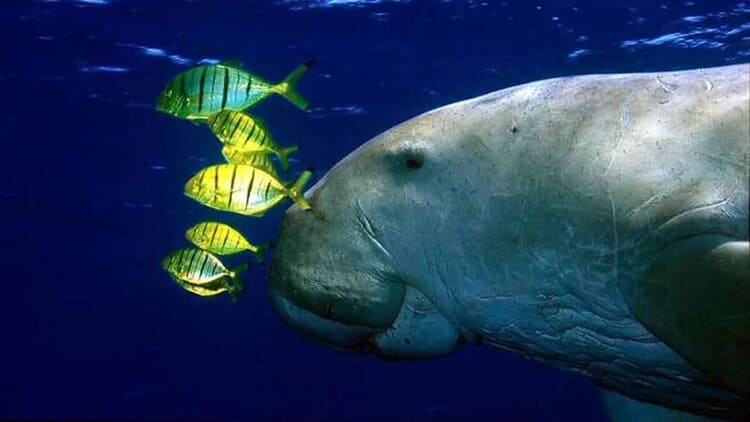
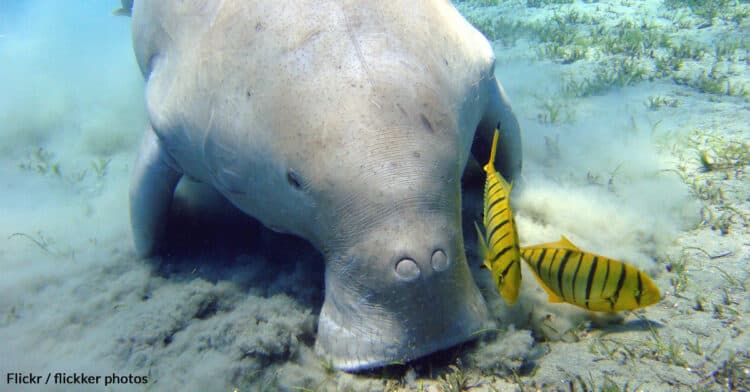
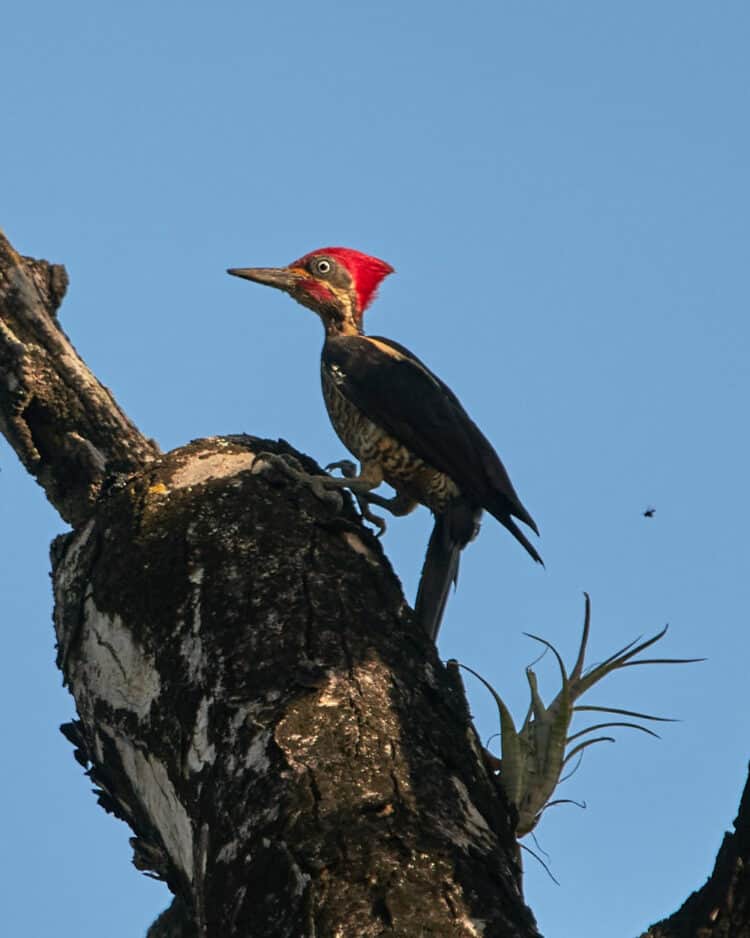


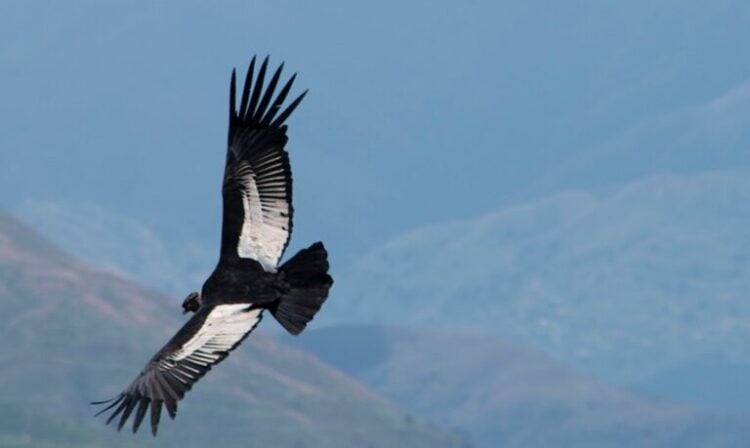
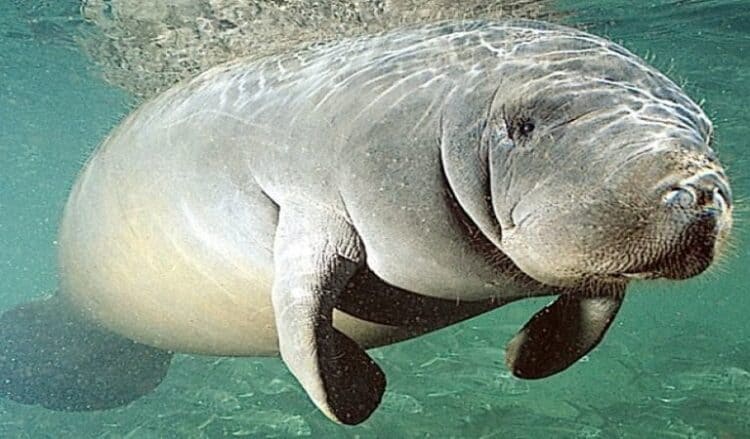
Leave a Reply